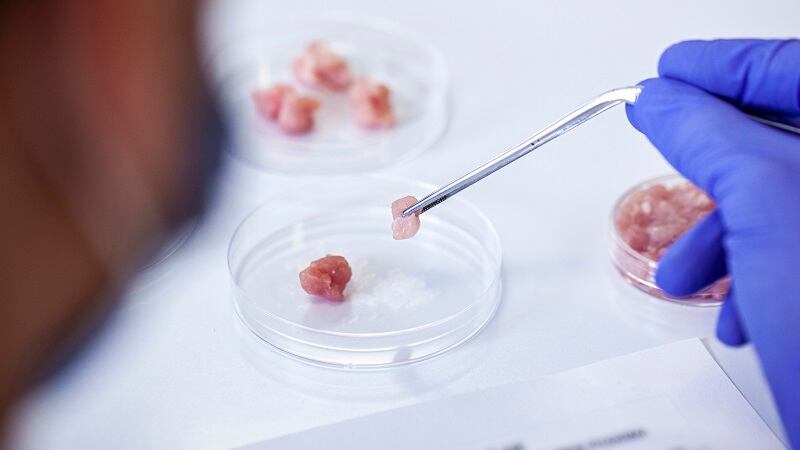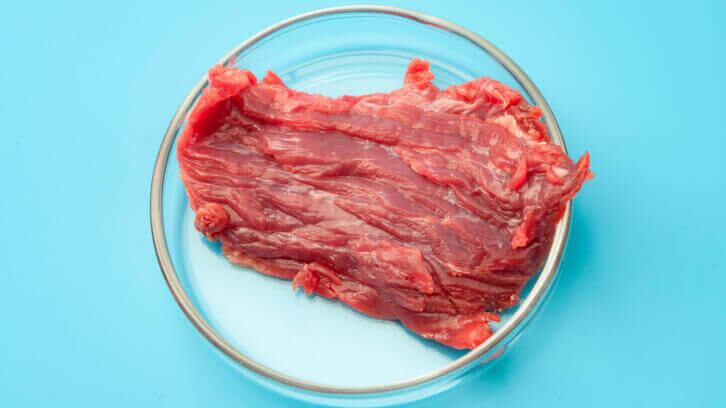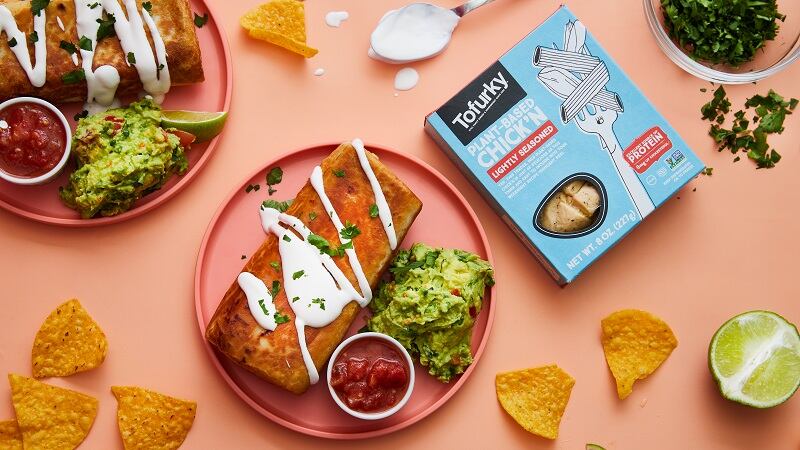“The vision for the center is to think about the impending gap between meat demand and production that's predicted to happen by 2050. The prediction is that there will have to be somewhere between 50% and 100% more meat because the population is growing, and in developing countries, people are eating more meat. It's probably unlikely that all of that extra demand will be filled by growing more animals.... This center will be looking at other routes to meat," Block said.
Center takes a multi-disciplinary approach to address alt-protein innovation
In collaboration with UCLA, the University of Maryland Baltimore County, the US Department of Agriculture, Solano Community College, and the Culinary Institute of America, iCAMP will focus on scientific research on alternative proteins and support the large-scale commercialization of plant-based and cell-cultivated meats through a variety of initiatives.
ICAMP also is partially funded by $1.67m given to UC Davis by the California legislature to research alternative proteins, but the center will explore additional ways to raise money to conduct its research. The Cultivated Meat Consortium at UC Davis, which Block joined five years ago, will now be under this center and focus on not just cultivated meat but plant-based meat, fungal-based meat, and hybrid products.
The center will also focus on understanding the consumer acceptance and preference of plant-based and cell-cultivated products, educating the workforce that will create these products, and sharing its message with the public, Block said.
Workforce education will come in the form of classes and continuing education for students and professionals, and iCAMP will release its research and technology “into the marketplace as quickly as possible,” he said. iCAMP will also educate the public on the benefits of plant-based and cell-cultivated meats through various pop-up community events, he added.
For example, iCamp will open “cafes on the various campus where alternative meat products can actually be served to students at the various academic institutions, and probably with menu development in conjunction with Culinary Institute of America and really get people more familiar not only with the products but what's going on at those institutions that is helping to commercialize them.”
iCAMP researchers will also meet this week to explore ways to develop the innovation ecosystem in the local area, which already includes UC Davis’s food-grade and fermentation facilities and a pilot-scale facility with 5,000-liter fermenters that is being built by The University of California Ag and Natural Resources Division, Block said.
“The idea is that a company can come to this area, start working with us or in the incubator space, move out of that into our large incubator space and larger facilities ... so that they don't have to sink a whole bunch of capital into those facilities prior to getting their first product close to launching. Developing an ecosystem is going to be really important.”
Plant-based meat continues to face taste, texture issues
While Block acknowledged that his expertise is more in cell-cultivated meats, he noted that plant-based meats are still struggling to deliver on taste and texture. Though vegetarians and vegans might enjoy plant-based meat analogues, other consumers might be turned off by the price, and think it does not taste as good as animal-based counterparts.
"The product has to be either way better than something that's already on the market or cheaper, and having a product that's more expensive and not as good is not a winning combination. So, I think for people who are vegetarian... a plant product like the ones that are out there are really good alternatives, but for someone who's trying to decide should I buy ... a plant-based beef alternative or beef, and the beef is cheaper and it tastes better, it's a hard sell."
Food and beverage companies can use plant breeding, change cultivation practices, or switch to different plants to help address some of these taste challenges, Block said.
Cell-cultivated meats face cost, scalability questions
Cell-cultivated meat also has several technical challenges to overcome, including the "availability of cell lines that grow when you need them to grow and differentiate when it's a muscle, fat, connective tissue when you need them to differentiate," Block said. Creating structure for something like a marbled steak as opposed to a hamburger "is not an easy problem," and the media to grow the cells in is currently “way too expensive,” he added.
Large-scale fermentation with microbial cells has been around for nearly 80 years, but cell-cultivated meat companies have yet to scale animal-based cells to the same level, Block explained.
“Scaling up the whole thing is not simple because it's likely that the production of the cells is going to have to be 10 times larger than anybody has ever grown animal cells for any reason ever, and it's question of is that 10-time scale up from 25,000 liters to 250,000 liters simple or not? It's hard to do that experiment because buying 250,000-liter fermenters is really, really, really expensive.”
The food and beverage industry and non-profit institutions can band together to solve these issues and meet the increasing global demand for protein, Block noted.
“For cultivated meat to be a viable alternative, there are going to have to be some major advances, and figuring out how to use very inexpensive amino acid sources is one of them in the media. I think the whole creating structure at scale, hundreds or thousands of steaks or salmon filets in a very short period of time, as opposed to one every couple of weeks, that's a major issue,” Block said. “They’ll be solved as more people do research on them or companies or academics, government, ... but those are major issues.”





